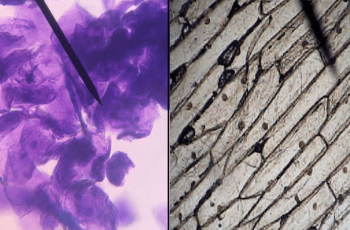Tag: lab
-
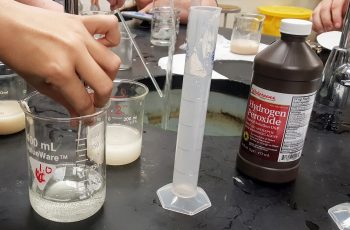
Investigation: Enzyme and Substrate Concentrations
Students who complete the Enzyme Investigation lab can further explore enzymes with this lab on how concentrations of the substrate (hydrogen peroxide) and the enzyme ( catalase) can affect the rate of reaction. In the first experiment, students simply made a judgement about the amount of bubbling to indicate reaction speed, though this is a…
-
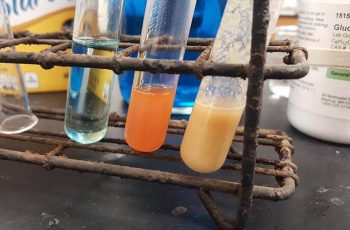
McMush Lab
I designed this investigation for AP biology though it could be modified to work with students in introductory biology classes. First students learn the four macromolecules important to life: carbohydrates, lipids, proteins, and nucleic acids. They can then venture into the lab where they use indicators to test for the presence of these molecules in…
-
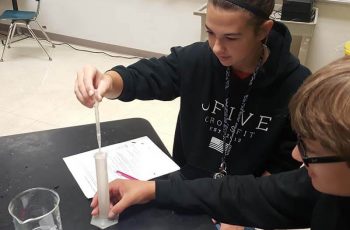
Investigation: Tools and Measurements
I designed this activity to help students become familiar with basic equipment found in the lab. Students take volume measurements using a graduated cylinder, beaker, and a 3ml pipette. Ultimately, they must determine how many single drops of water are in 1 milliliter by designing a way to test this given the tools provided.…
-
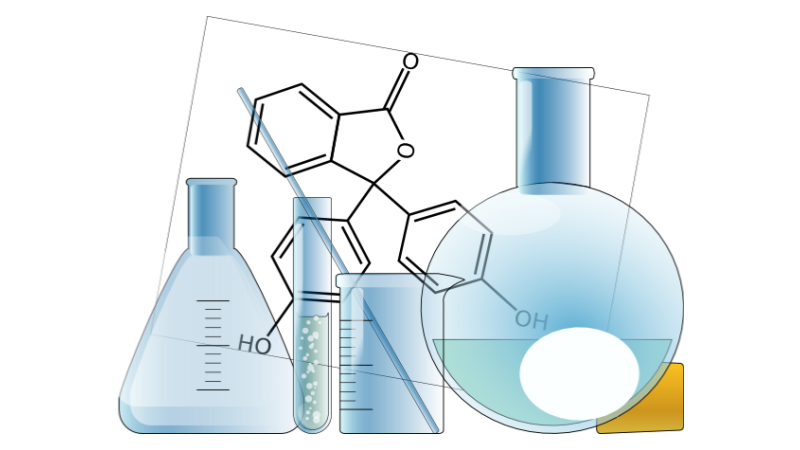
Lab Report Guidelines and Template
Help students organize a lab report for any experiment, includes basic layout: title, introduction, hypothesis, materials and methods, data, and conclusions.
-
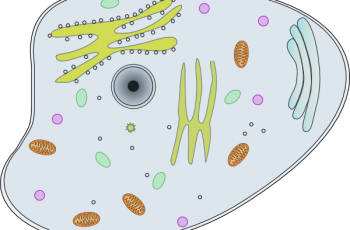
Investigation: Why Are Cells So Small?
This activity requires students to practice math skills by measuring the surface area and the volume of boxes. Collect boxes for students to use, these can be any type of box, such as tissue boxes, food boxes, or shoe boxes. Ideally, you want a range of sizes, with at least one box being overly…
-
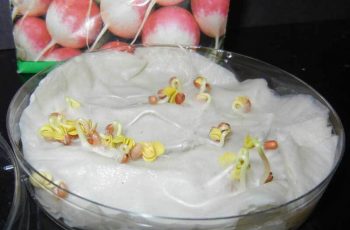
Investigation: What Factors Affect Seed Germination?
This activity can be used as part of a unit on plants or as an activity to illustrate the scientific method. The materials are cheap and can be obtained from the grocery store. Students design an experiment to determine what factors affect seed germination. They are given a list of variables that are appropriate…
-
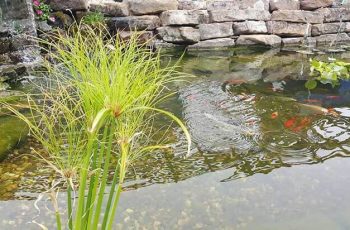
Investigation: What Organisms Are Found in Ponds?
Does your community have ponds, streams, or lakes? Students enjoy working with real biology, and though it may not be possible to take students to a lake, you can bring the lake to the student. This open-ended activity gives students the opportunity to explore pond water and compare the types of species found in…
-
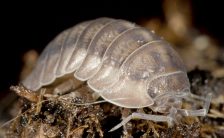
Investigation – Animal Behavior with Isopods
An isopod is a crustacean with a segmented body and seven pairs of legs. They are commonly known as pill bugs, roly-polys, or woodlice. Isopods are found in a variety of habitats, including soil, under rocks, and in decaying wood. They are detritivores, meaning they eat dead and decaying matter. Isopods are an important part…
-
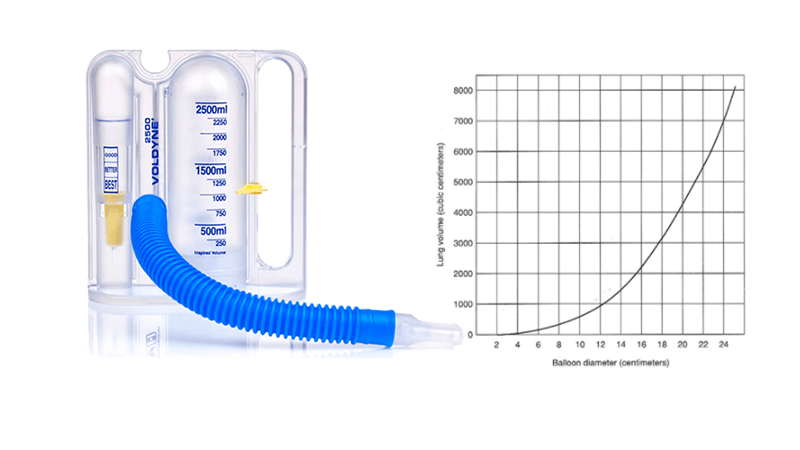
Investigation: What Factors Affect Lung Capacity
In this investigation, students use balloons and rulers to estimate the vital capacity of lungs using test subjects within the class. To perform the test, subjects take a deep breath and blow into a balloon. The diameter is measured and a graph is used to estimate the volume of air expelled based on the diameter…
-
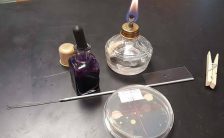
Investigation: Bacteria
This investigation asks students to take samples from the school and grow bacteria on agar plates. Students learn to use sterile technique to transfer and stain the bacteria and view under a microscope. Lab guide includes instructions for how to analyze and compare colonies and identify the three shapes of bacteria: bacillus, cocci, and…
-
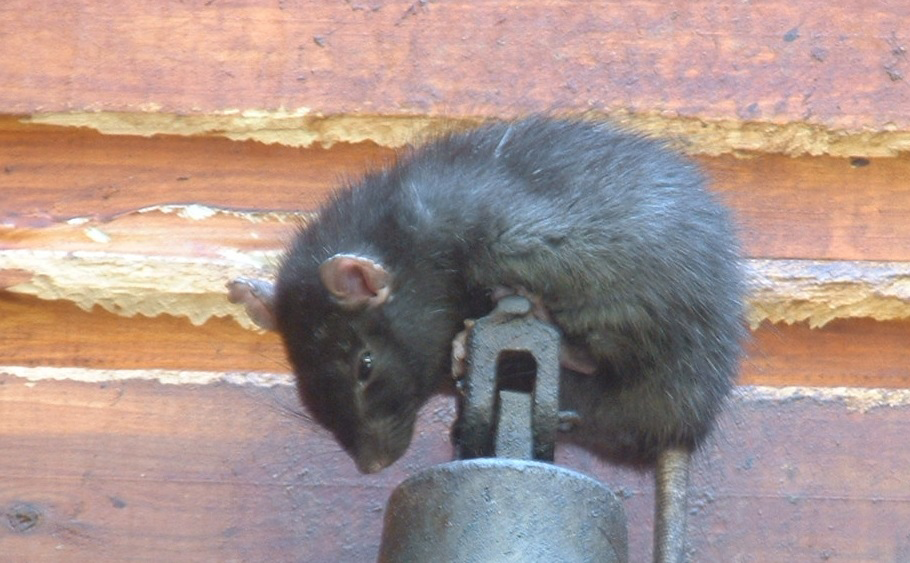
Investigation: Rat Dissection
Provides instructions for dissecting a preserved rat. Students start with the external anatomy, then locate muscles, bones, and then the major organs.
-
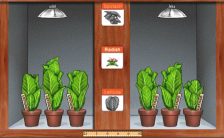
Photosynthesis Lab – How Light Color Affects Growth
A virtual simulator that shows how plant growth changes in response to the color of light. Students measure the heights of plants grown under different colors.
-
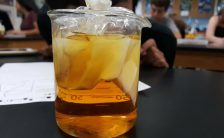
Investigation: Observing Diffusion & Semi-Permeable Membranes
Units on the cell will also include lessons about how the cell transports materials across the membrane. For beginning biology students who don’t have a strong foundation in physical science, the ideas of entropy, solutions, and concentrations can be overwhelming. Diffusion is easy to explain with a perfume bottle or food coloring. …
-
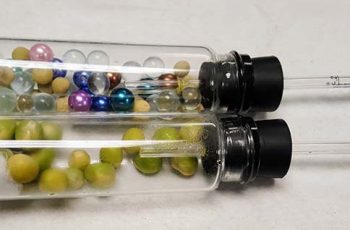
Investigation: Cellular Respiration
Students set up respirometers to measure the oxygen consumption of germinating peas in cold and warm water, and compared to a living organism.


